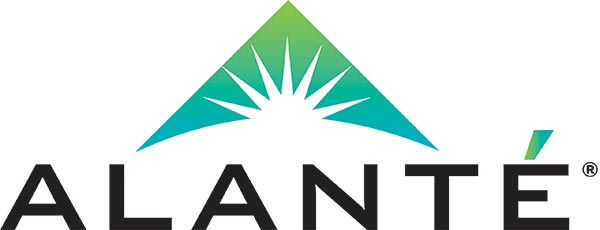The Centers for Medicare & Medicaid Services (CMS) has proposed a major shift in how outpatient care is delivered and reimbursed—and specialists in low back pain is a big part of it.
Starting in 2027, the Ambulatory Specialty Care Model (ASM) will make pain management and spine specialists directly accountable for the outcomes and costs associated with treating chronic low back pain. It’s a bold move—and it’s mandatory in selected regions.
With value-based care becoming reality, now is the time to prepare.
Low Back Pain in the Spotlight
Low back pain is one of the most common and costly conditions Medicare pays for. That’s why CMS is launching ASM: a new five-year mandatory payment model that targets high-variation, high-cost specialty care.
If you manage chronic low back pain, ASM will change how your practice is measured and reimbursed. In this model, payment is no longer tied to volume—it’s tied to results.
New Expectations Are Coming
- Coordinate care across settings
- Focus on prevention, not just procedures
- Reduce reliance on unnecessary imaging, opioids, or invasive interventions
- Improve functional outcomes and patient experience
- Report on quality and cost publicly
It launches January 1, 2027—but success depends on the steps you take in 2025 and 2026.
The Breakdown on the 2026 Medicare Fee Schedule
CMS’s proposed 2026 Medicare Physician Fee Schedule (PFS) supports the same principles as ASM:
- A 3.8% increase in Medicare payment rates for practices participating in Advanced Alternative Payment Models (APMs) like ASM
- Enhanced reimbursement for care coordination services including:
- Chronic Care Management (CCM)
- Transitional Care Management (TCM)
- Principal Care Management (PCM)
- Adjusted Evaluation & Management (E/M) code values that better reflect the complexity of longitudinal care
- A pivot away from box-checking and toward outcome-based quality metrics
This represents a huge opportunity—but potentially a complex operational challenge for specialists.
What Does ASM Mean for Pain Management?
If your practice focuses on chronic low back pain, CMS will expect you to deliver care that extends beyond the exam room.
The ASM model requires:
- Accountability for total cost of care during a defined episode
- Active coordination with PCPs, therapists, and behavioral health providers
- Integration of non-pharmacologic therapies (e.g., PT, CBT) into care plans
- Reporting outcomes like pain reduction, opioid use, and patient function
- Avoiding excessive imaging, injections, or surgeries not tied to functional gains
But delivering that kind of integrated care is time-intensive—and your clinic may not have the infrastructure to support it on your own.
The Solution: Alante CareConnect for Pain & Spine Specialists
Alante CareConnect is a wraparound primary care and care coordination platform built for specialists managing complex, high-cost conditions like low back pain.
We act as an extension of your team to deliver the ongoing, between-visit care that ASM requires—without overburdening your staff.
Here’s how it works:
Transitional Care Management (TCM)
After surgery, hospital stays, or spinal procedures, our team contacts patients within 48 hours to confirm medication plans, assess pain, and schedule timely follow-up. This helps reduce avoidable readmissions and adverse events.
Chronic Care Management (CCM)
We provide monthly check-ins with patients suffering from chronic low back pain. Topics include pain tracking, behavioral health screening, medication adherence, physical therapy support, and patient education.
Remote Patient Monitoring (RPM)
When clinically appropriate, we provide tools that track pain severity, mobility, or medication use between visits. Our team flags concerning trends and supports early intervention—reducing ER visits and procedural overuse.
All services are CMS-compliant, billable, and fully documented—ensuring your practice captures eligible reimbursement while improving patient outcomes.
Why It Matters: Real Results for You and Your Patients
With CareConnect:
- Your patients feel supported between visits
- You gain real-time visibility into high-risk cases
- You meet ASM’s coordination and outcome goals
- You bill for services like CCM and TCM—creating new revenue streams
It’s worth noting that practices managing 1,000 Medicare patients can realize $50,000–$150,000+ annually through proper care management billing.
Don’t Wait Until 2027
ASM will be here before you know it. Preparing now will give your practice the best chance to adapt, perform, and thrive.
Ask yourself:
- Are you set up to follow patients post-procedure or post-discharge?
- Do you have staff for monthly outreach and behavioral health support?
- Are you monitoring high-risk pain patients between visits?
- Are you documenting and billing for all that work?
If you’re unsure, let’s talk.
Let’s Build the Future of Pain Care—Together
Alante CareConnect is your partner in delivering the kind of longitudinal, patient-centered care CMS now demands. Our platform helps you close care gaps, prevent avoidable costs, and position your practice for success under ASM.
Schedule a conversation today to learn how CareConnect can help your practice meet the moment.
